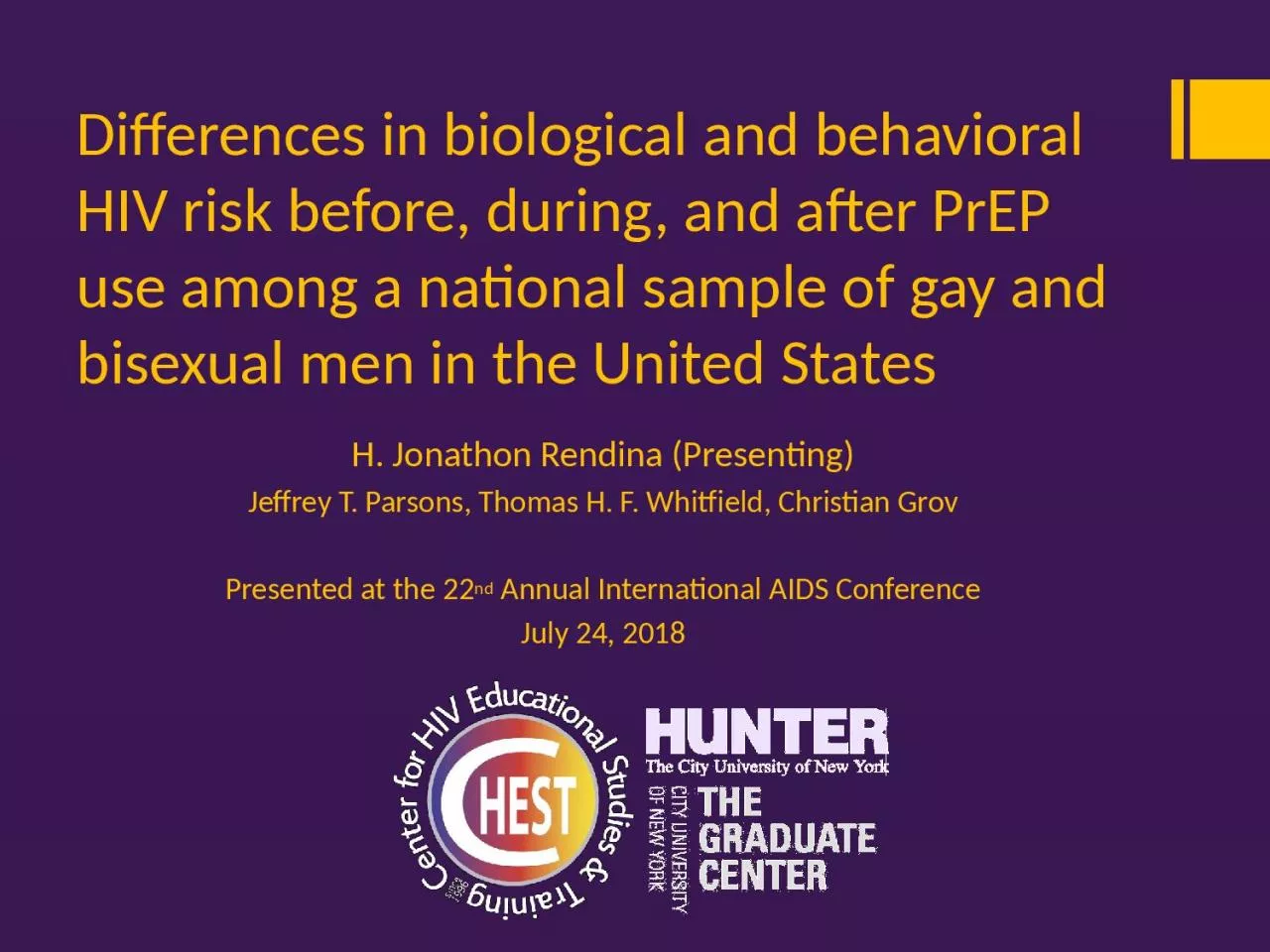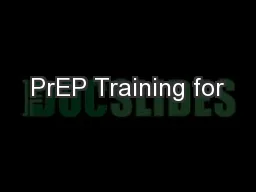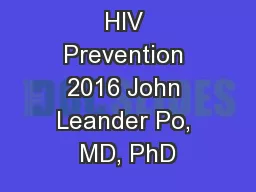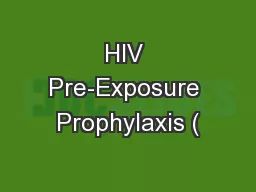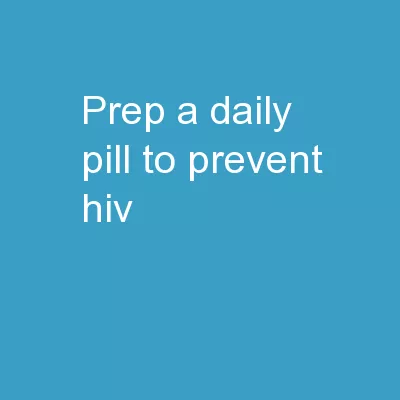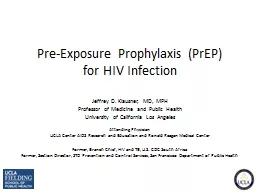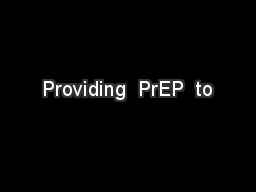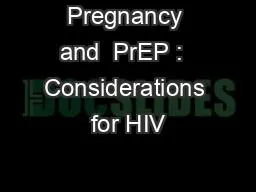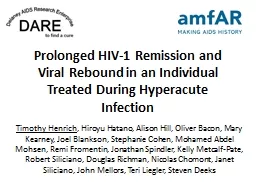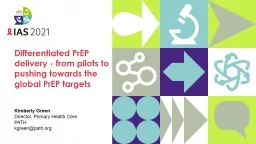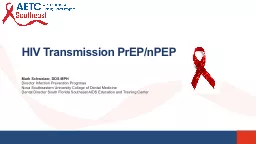PPT-Differences in biological and behavioral HIV risk before, during, and after PrEP use among
Author : isabella2 | Published Date : 2024-01-13
H Jonathon Rendina Presenting Jeffrey T Parsons Thomas H F Whitfield Christian Grov Presented at the 22 nd Annual International AIDS Conference July 24 2018 Background
Presentation Embed Code
Download Presentation
Download Presentation The PPT/PDF document "Differences in biological and behavioral..." is the property of its rightful owner. Permission is granted to download and print the materials on this website for personal, non-commercial use only, and to display it on your personal computer provided you do not modify the materials and that you retain all copyright notices contained in the materials. By downloading content from our website, you accept the terms of this agreement.
Differences in biological and behavioral HIV risk before, during, and after PrEP use among: Transcript
Download Rules Of Document
"Differences in biological and behavioral HIV risk before, during, and after PrEP use among"The content belongs to its owner. You may download and print it for personal use, without modification, and keep all copyright notices. By downloading, you agree to these terms.
Related Documents

